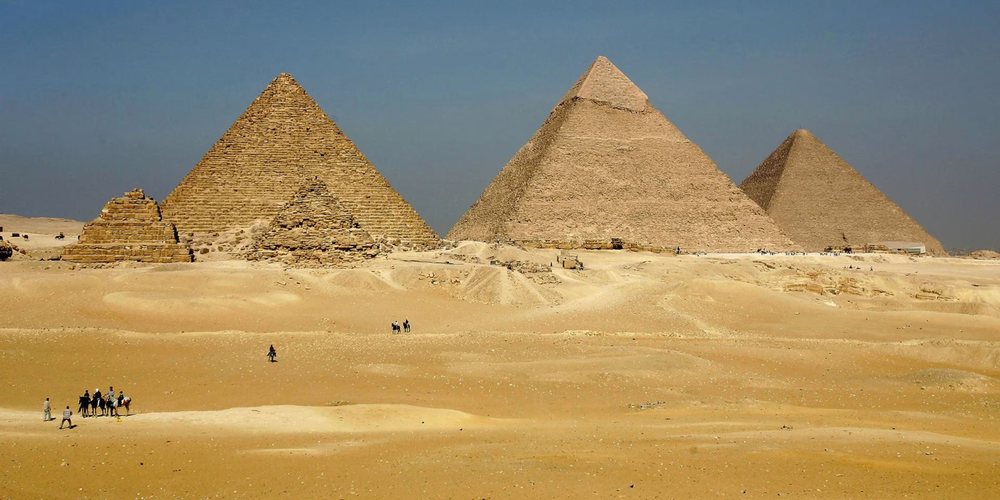
A new study has shocked the international scientific community, challenging traditional theories about the construction of the pyramids in ancient Egypt. According to the French newspaper Le Figaro, the latest research suggests that the builders may have used an advanced hydraulic system that harnessed the water of the Nile to lift the giant blocks of stone to great heights.
The study, led by French archaeologist Xavier Landreau and published in the scientific journal PLOS ONE, focuses on the Pyramid of Djoser in Saqqara – the earliest known monumental construction in Egyptian history. The analyses conducted show that the builders may have used the water of the seasonal floods of the Nile to create sufficient hydraulic pressure. Through special underground channels and chambers, this pressure would have served to lift the large blocks of stone to the highest levels of the structure.
At the center of the hypothesis is the Gisr el-Mudir structure, which for decades has been considered an unfinished ceremonial wall. However, researchers believe that this may actually have been an ancient dam, capable of collecting water from the surrounding desert and directing it to the pyramid complex through channels constructed with high engineering precision.
The study is supported by analysis of satellite imagery and digital terrain models, which revealed water networks that are consistent with the concept of a functional hydraulic system. Also identified within the complex are two vertical shafts about 30 meters deep, connected by a 200-meter-long tunnel. According to the researchers, these shafts may have functioned as hydraulic elevators, allowing the movement of stone blocks through water pressure. If this theory is confirmed, it would represent the earliest use of hydraulic technology in human history.
Archaeologist Landreau emphasized that this hypothesis does not rule out the role of human labor in the construction of the pyramids, but offers a more technical and feasible explanation for the erection of colossal structures with limited resources.
"This is an approach that combines archaeology with hydrology and civil engineering. It shows that ancient Egypt may have been much more advanced than we thought until now," Landreau said.
If this theory is confirmed, it would rewrite the history of ancient engineering, presenting the Pyramid of Djoser not only as a symbol of ancient Egypt's power and religion, but also as an early technological marvel that testifies to the ingenuity and scientific capabilities of this civilization.






















